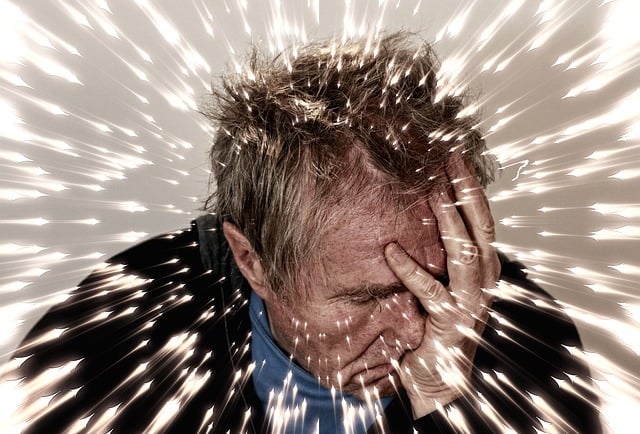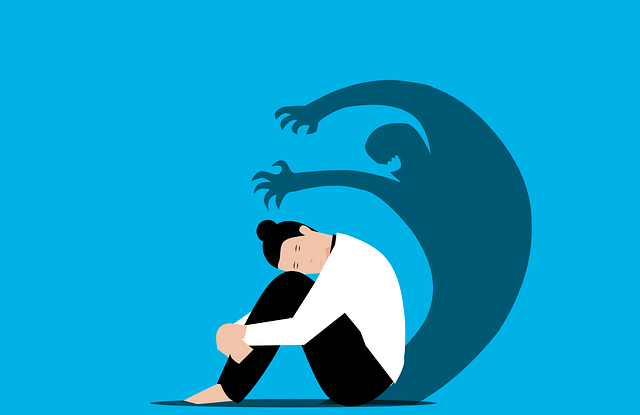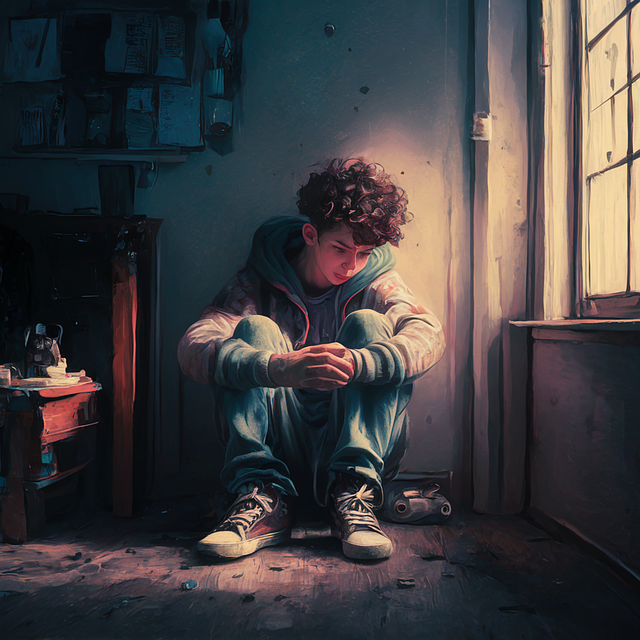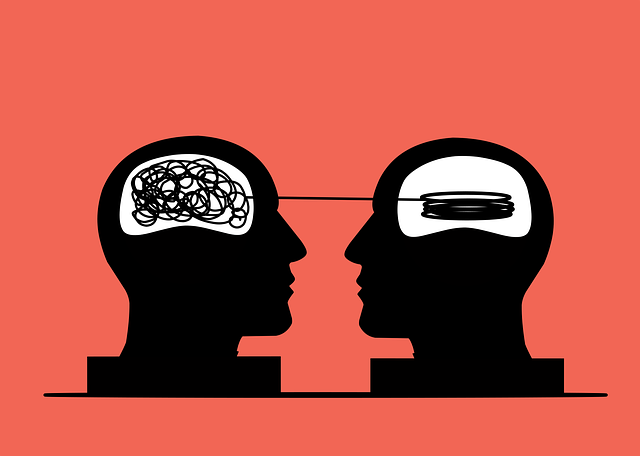Media portrayals of mental illness significantly impact public understanding, especially among young abuse survivors. Positive depictions can foster empathy and support, while negative or inaccurate representations perpetuate stigma, hindering healing. Mental health professionals play a crucial role in promoting accurate media portrayals and providing burnout prevention strategies. Therapy is a powerful tool for healing, addressing stereotypes and empowering survivors through targeted interventions, stress management techniques, trauma support, and mental wellness journaling. Integrating therapy narratives, showcasing social skills training, and emphasizing cultural sensitivity are effective strategies to challenge mental illness stereotypes and promote inclusive mental healthcare solutions for young abuse survivors.
Mental illness representation in media significantly impacts young survivors of abuse, shaping societal perceptions and self-perceptions. This article delves into the profound effects of media portrayals on these vulnerable individuals and explores solutions through therapy as a powerful tool to challenge stereotypes. We discuss strategies for implementing positive, accurate representations in media, focusing on the importance of therapy for young children who have experienced abuse, offering hope and healing.
Key sections include: Understanding the impact, the role of therapy, and effective media representation strategies.
- Understanding the Impact of Media Portrayals on Young Survivors
- The Role of Therapy in Challenging Stereotypes and Promoting Healing
- Implementing Effective Strategies for Positive Representation in Media
Understanding the Impact of Media Portrayals on Young Survivors

Media portrayals of mental illness can significantly influence public perception and understanding, especially among young survivors who are still forming their worldview. Positive representations in media can foster empathy and encourage support for those struggling with mental health issues. Conversely, negative or inaccurate portrayals can perpetuate stigma, leading to a lack of understanding and sympathy from peers and even potential support systems. For young abuse survivors, this can be particularly detrimental as they navigate their own healing processes.
The impact is profound, especially when considering that media often depicts mental illness through a lens of danger or weakness, which might deter young survivors from seeking therapy for fear of judgment or further isolation. This is where the role of mental health professionals becomes critical. They can offer not only crisis intervention guidance but also conduct risk assessments for mental health professionals to ensure they are equipped to handle complex cases. By promoting accurate representations and providing burnout prevention strategies, these professionals can create a safer, more supportive environment for young children abuse survivors seeking therapy.
The Role of Therapy in Challenging Stereotypes and Promoting Healing

Therapy plays a pivotal role in challenging harmful stereotypes associated with mental illness and fostering healing for individuals, especially young children who have survived abuse. Through targeted interventions, therapists help clients unlearn negative beliefs and replace them with accurate, compassionate perspectives. This process is crucial in breaking down the stigma that often prevents people from seeking necessary support. By creating safe spaces where survivors can openly discuss their experiences, therapists provide a powerful tool for recovery.
For young abuse survivors, therapy offers specialized stress management techniques and trauma support services tailored to their unique needs. Encouraging mental wellness journaling exercises can be an effective way to process emotions, track progress, and promote self-awareness. This guidance empowers children to take control of their mental health journey, fostering resilience and a deeper understanding of their emotional well-being.
Implementing Effective Strategies for Positive Representation in Media

Media plays a significant role in shaping societal perceptions, including how we understand and respond to mental illness. To challenge negative stereotypes, media outlets must adopt effective strategies for positive representation. One such strategy is integrating therapy for young children abuse survivors into narratives, showcasing the impact of early intervention and recovery. By featuring characters who have overcome challenges similar to those faced by many abuse survivors, media can foster empathy building strategies that promote understanding and reduce stigma.
Additionally, incorporating social skills training in storylines can help normalize conversations about mental health while highlighting the importance of supportive environments. Cultural sensitivity in mental healthcare practice is another crucial aspect to consider. By representing diverse characters and their unique experiences, media can ensure that various communities feel seen and heard, encouraging more inclusive and effective mental healthcare solutions for all.
Media representation plays a pivotal role in shaping societal perceptions of mental illness, particularly among young survivors. By challenging stereotypes and promoting accurate, positive portrayals, we can foster a more compassionate and supportive environment. Implementing effective strategies for inclusive media representation, coupled with access to therapy for young children abuse survivors, is essential to breaking down barriers and ensuring healing. Through collaborative efforts and continued education, we can create a landscape where mental health is openly discussed and treated with the same dignity and care as physical health.














